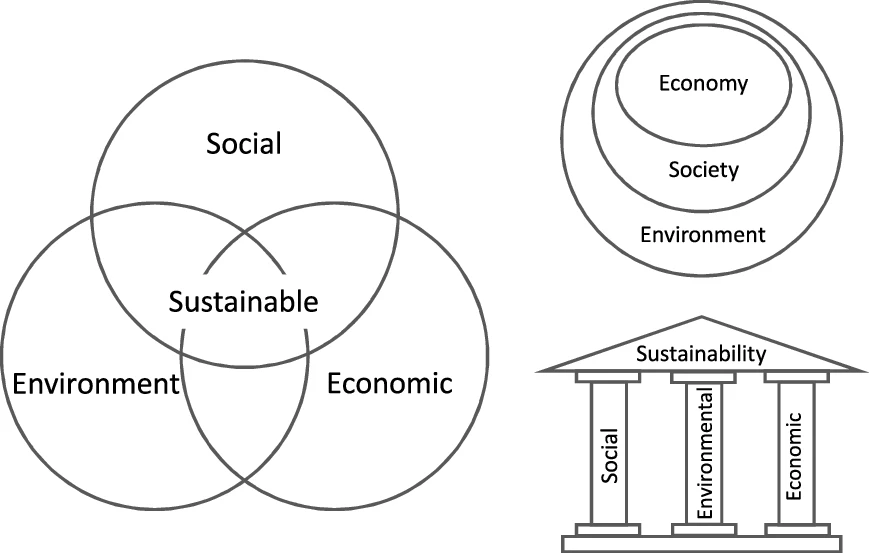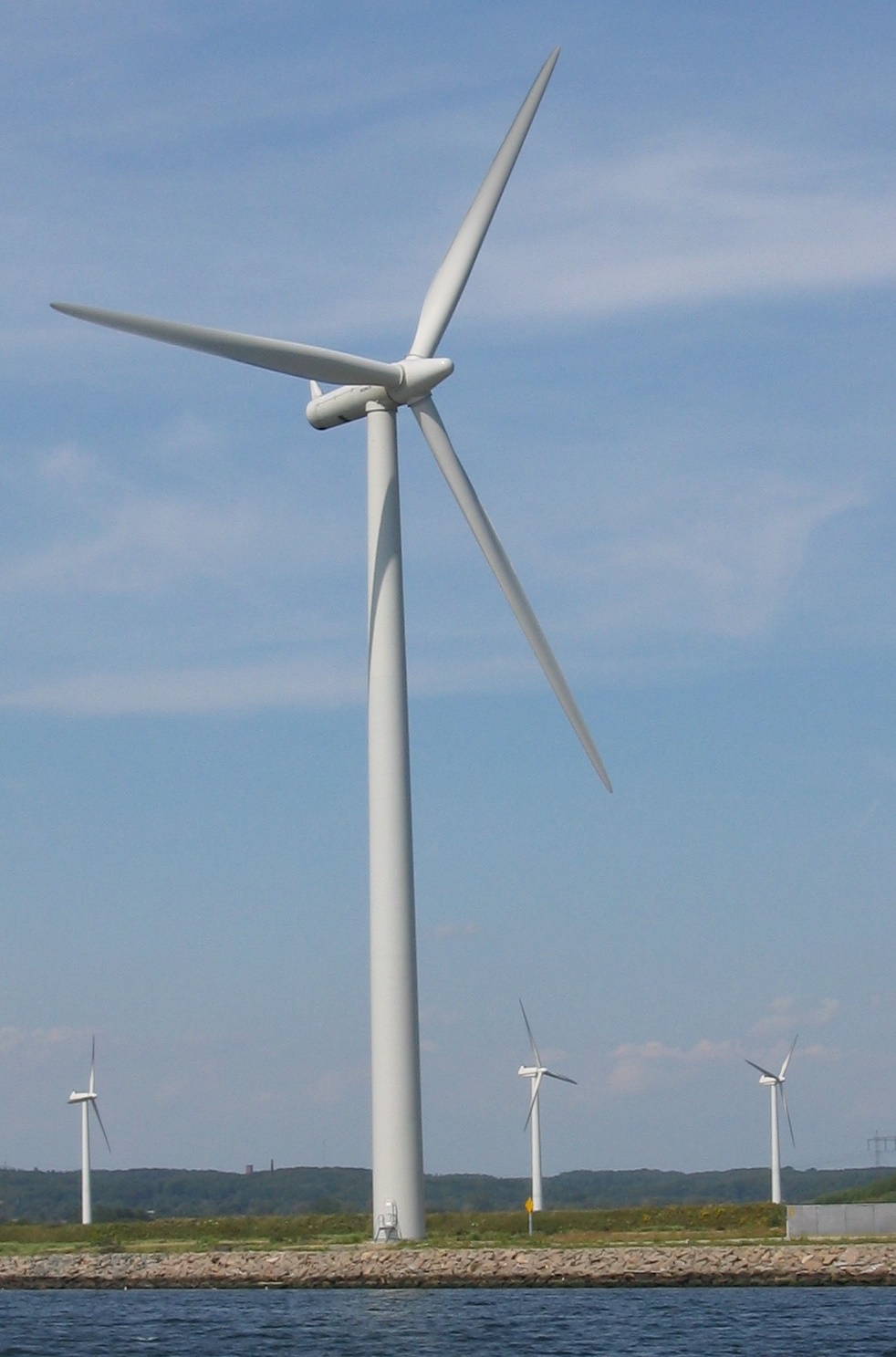|
Mesoamerican Biological Corridor
The Mesoamerican Biological Corridor (MBC) is a region that consists of Belize, Guatemala, El Salvador, Honduras, Nicaragua, Costa Rica, Panama, and some southern states of Mexico. The area acts as a natural land bridge from South America to North America, which is important for species who use the bridge in migration. Due to the extensive unique habitat types, Mesoamerica contains somewhere between 7 and 10% of the world’s known species. The corridor was originally proposed in the 1990s to facilitate animal movements along the Americas without interfering with human development and land use, while promoting ecological sustainability. The Mesoamerican Biological Corridor is made of four parts: Core Zones, Buffer Zones, Corridor Zones, and Multiple-Use Zones, each with varying availability for human use. Background With the increasing conversion of natural tropical ecosystems to agricultural farms and for other human use, comes growing concern over conservation of local speci ... [...More Info...] [...Related Items...] OR: [Wikipedia] [Google] [Baidu] |
Land Bridge
In biogeography, a land bridge is an isthmus or wider land connection between otherwise separate areas, over which animals and plants are able to cross and colonize new lands. A land bridge can be created by marine regression, in which sea levels fall, exposing shallow, previously submerged sections of continental shelf; or when new land is created by plate tectonics; or occasionally when the sea floor rises due to post-glacial rebound after an ice age. Prominent examples Former land bridges * The Bassian Plain, which linked Australia to Tasmania * The Antarctic Land Bridge, which connected South America, Antarctica, and Australia during the Late Cretaceous and Early Paleogene * The Bering Land Bridge (aka Beringia), which intermittently connected Alaska (Northern America) with Siberia (North Asia) as sea levels rose and fell under the effect of ice ages * GAARlandia, a hypothesized land bridge which potentially connected the Greater Antilles with South America d ... [...More Info...] [...Related Items...] OR: [Wikipedia] [Google] [Baidu] |
South America
South America is a continent entirely in the Western Hemisphere and mostly in the Southern Hemisphere, with a considerably smaller portion in the Northern Hemisphere. It can also be described as the southern Subregion#Americas, subregion of the Americas. South America is bordered on the west by the Pacific Ocean, on the north and east by the Atlantic Ocean, and to the south by the Drake Passage; North America and the Caribbean Sea lie to the northwest. The continent includes twelve sovereign states: Argentina, Bolivia, Brazil, Chile, Colombia, Ecuador, Guyana, Paraguay, Peru, Suriname, Uruguay, and Venezuela; two dependent territory, dependent territories: the Falkland Islands and South Georgia and the South Sandwich Islands; and one administrative division, internal territory: French Guiana. The Dutch Caribbean ABC islands (Leeward Antilles), ABC islands (Aruba, Bonaire, and Curaçao) and Trinidad and Tobago are geologically located on the South-American continental shel ... [...More Info...] [...Related Items...] OR: [Wikipedia] [Google] [Baidu] |
North America
North America is a continent in the Northern Hemisphere, Northern and Western Hemisphere, Western hemispheres. North America is bordered to the north by the Arctic Ocean, to the east by the Atlantic Ocean, to the southeast by South America and the Caribbean Sea, and to the south and west by the Pacific Ocean. The region includes Middle America (Americas), Middle America (comprising the Caribbean, Central America, and Mexico) and Northern America. North America covers an area of about , representing approximately 16.5% of Earth's land area and 4.8% of its total surface area. It is the third-largest continent by size after Asia and Africa, and the list of continents and continental subregions by population, fourth-largest continent by population after Asia, Africa, and Europe. , North America's population was estimated as over 592 million people in list of sovereign states and dependent territories in North America, 23 independent states, or about 7.5% of the world's popula ... [...More Info...] [...Related Items...] OR: [Wikipedia] [Google] [Baidu] |
Animal Migration
Animal migration is the relatively long-distance movement of individual animals, usually on a seasonal basis. It is the most common form of migration in ecology. It is found in all major animal groups, including birds, mammals, fish, reptiles, amphibians, insects, and crustaceans. The cause of migration may be local climate, local availability of food, the season of the year or for mating. To be counted as a true migration, and not just a local dispersal or irruption, the movement of the animals should be an annual or seasonal occurrence, or a major habitat change as part of their life. An annual event could include Northern Hemisphere birds migrating south for the winter, or wildebeest migrating annually for seasonal grazing. A major habitat change could include young Atlantic salmon or sea lamprey leaving the river of their birth when they have reached a few inches in size. Some traditional forms of human migration fit this pattern. Migrations can be studied using tradition ... [...More Info...] [...Related Items...] OR: [Wikipedia] [Google] [Baidu] |
Sustainability
Sustainability is a social goal for people to co-exist on Earth over a long period of time. Definitions of this term are disputed and have varied with literature, context, and time. Sustainability usually has three dimensions (or pillars): environmental, economic, and social. Many definitions emphasize the environmental dimension. This can include addressing key environmental problems, including climate change and biodiversity loss. The idea of sustainability can guide decisions at the global, national, organizational, and individual levels. A related concept is that of sustainable development, and the terms are often used to mean the same thing. UNESCO distinguishes the two like this: "''Sustainability'' is often thought of as a long-term goal (i.e. a more sustainable world), while ''sustainable development'' refers to the many processes and pathways to achieve it." Details around the economic dimension of sustainability are controversial. Scholars have discussed this under ... [...More Info...] [...Related Items...] OR: [Wikipedia] [Google] [Baidu] |
CAmerica
Camerica was a Canadian video game company founded in 1988. It released various unlicensed video games and accessories for the Nintendo Entertainment System, such as the Game Genie, and was the North American publisher for British developer Codemasters. History The company was owned and operated by David J. Harding and was originally formed in 1988 as a wholesale association with giftware such as Waterford Crystal and Blue Mountain Pottery. The company entered the video game market, featuring Nintendo World Championship of 1990 winner Thor Aackerlund as the spokesperson, considered one of the first professional gamers. Camerica held the rights to publish most Nintendo Entertainment System games from Codemasters in North America. Camerica also released the Codemasters-designed Game Genie in Canada and the UK. They had a distribution deal with toy company Galoob. The company created several early peripherals for the NES, including the Aladdin Deck Enhancer expansion peripheral a ... [...More Info...] [...Related Items...] OR: [Wikipedia] [Google] [Baidu] |
Sustainable Fashion
Sustainable fashion is a term describing efforts within the fashion industry to reduce its environmental impacts, protect workers producing garments and uphold animal welfare. Sustainability in fashion encompasses a wide range of factors, including cutting emissions, addressing overproduction, reducing pollution and waste, supporting biodiversity and ensuring that garment workers are paid a fair wage and have safe working conditions. In 2020, it was found that voluntary, self-directed reform of textile manufacturing supply chains by large companies to reduce the environmental impacts was largely unsuccessful. Measures to reform fashion production beyond greenwashing require policies for the creation and enforcement of standardized certificates, along with related import controls, subsidies, and interventions such as eco-tariffs. Background and history In the early 1990s, roughly coinciding with the 1992 United Nations Conference on Environment and Development, popularly ... [...More Info...] [...Related Items...] OR: [Wikipedia] [Google] [Baidu] |
Ecosystem Service
Ecosystem services are the various benefits that humans derive from ecosystems. The interconnected living and non-living components of the natural environment offer benefits such as pollination of crops, clean air and water, decomposition of wastes, and flood control. Ecosystem services are grouped into four broad categories of services. There are ''provisioning services'', such as the production of food and water; ''regulating services'', such as the control of climate and disease; ''supporting services'', such as nutrient cycles and oxygen production; and ''cultural services'', such as recreation, tourism, and spiritual gratification. Evaluations of ecosystem services may include assigning an economic value to them. For example, estuarine and coastal ecosystems are marine ecosystems that perform the four categories of ecosystem services in several ways. Firstly, their provisioning services include marine resources and genetic resources. Secondly, their supporting services inc ... [...More Info...] [...Related Items...] OR: [Wikipedia] [Google] [Baidu] |
Sustainable Development
Sustainable development is an approach to growth and Human development (economics), human development that aims to meet the needs of the present without compromising the ability of future generations to meet their own needs.United Nations General Assembly (1987)''Report of the World Commission on Environment and Development: Our Common Future''. Transmitted to the General Assembly as an Annex to document A/42/427 – Development and International Co-operation: Environment. The aim is to have a society where living conditions and resources meet human needs without undermining planetary integrity. Sustainable development aims to balance the needs of the Economic development, economy, Environmental protection, environment, and society. The Brundtland Report in 1987 helped to make the concept of sustainable development better known. Sustainable development overlaps with the idea of sustainability which is a Normativity, normative concept. Text was copied from this source, which is av ... [...More Info...] [...Related Items...] OR: [Wikipedia] [Google] [Baidu] |
Deforestation
Deforestation or forest clearance is the removal and destruction of a forest or stand of trees from land that is then converted to non-forest use. Deforestation can involve conversion of forest land to farms, ranches, or urban use. About 31% of Earth's land surface is covered by forests at present. This is one-third less than the forest cover before the expansion of agriculture, with half of that loss occurring in the last century. Between 15 million to 18 million hectares of forest, an area the size of Bangladesh, are destroyed every year. On average 2,400 trees are cut down each minute. Estimates vary widely as to the extent of deforestation in the tropics. In 2019, nearly a third of the overall tree cover loss, or 3.8 million hectares, occurred within humid tropical primary forests. These are areas of mature rainforest that are especially important for biodiversity and carbon storage. The direct cause of most deforestation is agriculture by far. More than ... [...More Info...] [...Related Items...] OR: [Wikipedia] [Google] [Baidu] |
Carbon Credit
Carbon offsetting is a carbon trading mechanism that enables entities to compensate for offset greenhouse gas emissions by investing in projects that reduce, avoid, or remove emissions elsewhere. When an entity invests in a carbon offsetting program, it receives carbon credit or offset credit, which account for the net climate benefits that one entity brings to another. After certification by a government or independent certification body, credits can be traded between entities. One carbon credit represents a reduction, avoidance or removal of one metric tonne of carbon dioxide or its Global warming potential, carbon dioxide-equivalent (CO2e). A variety of greenhouse gas reduction projects can qualify for offsets and credits depending on the scheme. Some include forestry projects that avoid logging and plant saplings, renewable energy projects such as wind farms, biomass energy, biogas digesters, Hydroelectric Dams, hydroelectric dams, as well as Efficient energy use, energy ef ... [...More Info...] [...Related Items...] OR: [Wikipedia] [Google] [Baidu] |








